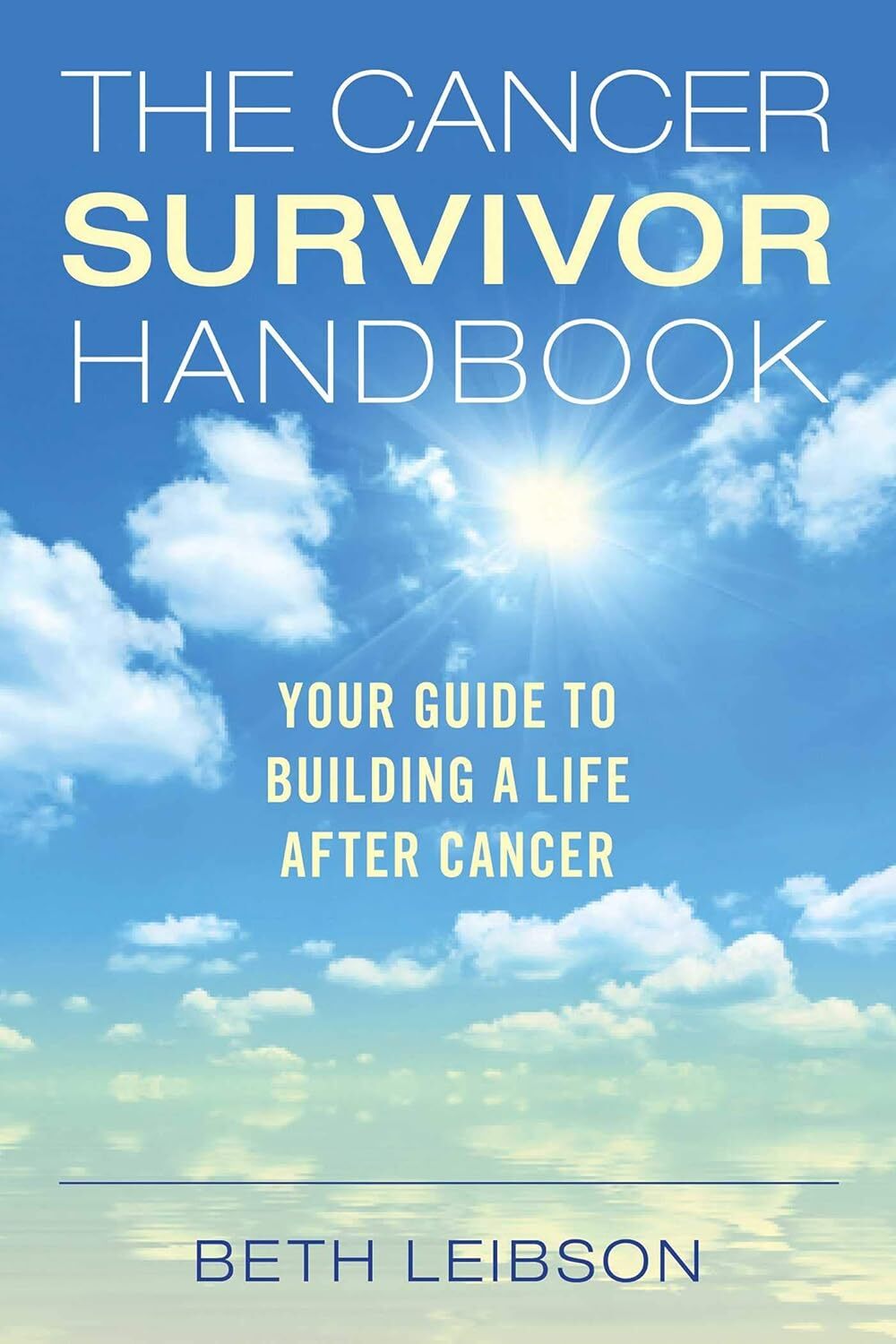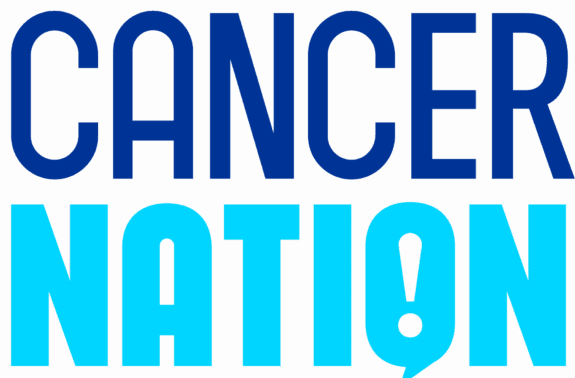Self-Assessment
Assess and Monitor Your Health Recovery Through Reflective Practices

Introduction
Self-Assessment is a reflective practice that involves regularly evaluating your physical, mental, and emotional health to track progress and identify areas for improvement during recovery. This technique empowers individuals to take an active role in their well-being, fostering resilience, and informed decision-making.
What You Need To Know
How To Do It
Instructions:
1. Prepare Your Space
Choose a quiet, comfortable area to sit with a notebook, app, or device for recording. Set aside 10–15 minutes, free from distractions, to focus on reflection.
2. Settle into Awareness
Take 5 deep breaths: inhale through your nose for four counts, hold briefly, exhale through your mouth for six. Center your mind to approach the assessment calmly.
3. Begin the Assessment
Reflect on the following three areas of your recovery (see items listed below). Score each item 1 thru 10, where 1 is a minor issue and 10 is most serious. Observe without judgment. Be honest with yourself.
a) Physical Health
Select the issues you want to monitor and track:
- Fatigue
- Neuropathy
- Lymphedema
- Other Side Effects
- Sleep Difficulties/Insomnia
- Pain Management
- Mobility
- Sexual Dysfunction
- Diet/Nutrition/Appetite
- Physical Activity & Exercise
- Body Weight
- Blood Pressure
- Heart Rate
b) Mental & Emotional Well-Being
Select the issues you want to monitor and track:
- Chemo Brain
- Memory
- Fear of Recurrence
- Scanxiety
- Stress & Anxiety
- Depression/Hopelessness
- Isolation/Loneliness
- Body Image
- Mood
- Negative Thoughts
- Role & Identity
- Substance Abuse
c) Practical & Social Needs
Select the issues you want to monitor and track:
- Financial
- Employment
- Food
- Housing
- Family Relationships
- Friends
4. Prioritize
Review the items you've identified from the above lists (or ones you may have added). Rank them by score. Priorize the ones that are most important to address right now.
5. Most Important Issue
Now, select your most important issue and set it up for tracking and monitoring.
6. Personalize Your Tracking & Monitoring
Select all the other issues that you want to keep track of over time.
7. Seek Resources
- Go to our 'Recovery Issues' menu; choose your issue
- Cancer Center
- Primary Care Doctor
- Patient Services & Social Workers
- Supports Group
8. Handle Distractions Gently
If thoughts wander or emotions surface, acknowledge them calmly and then return to the next step in the process.
9. Conclude Mindfully
After completing the assessment, review your notes for 1–2 minutes. Summarize insights, then transition back to your day.
Helpful Tips:
- Start small: Begin with 5-minute sessions if new to self-assessment.
- Choose a format: Use paper, apps, or templates for consistency.
- Stay neutral: Observe without self-judgment; focus on trends.
- Manage overwhelm: Pause and breathe if reflection feels heavy; skip tough categories if needed.
- Use a timer: Set a gentle alarm to keep sessions focused.
- Practice regularly: Weekly check-ins build insight; daily for specific symptoms.
- Track trends: Compare entries over weeks to spot progress.
- Combine with support: Share findings with healthcare providers for tailored advice.
- Be consistent: Regular practice deepens benefits over time.
Related Topics:
Strongly Related
Reduce Stress:
[Links to related web pages]
[Links to related web pages]
Issue C:
[Links to related web pages][Links to related web pages]
Moderately Related
Issue B:
[Links to related web pages]
[Links to related web pages]











